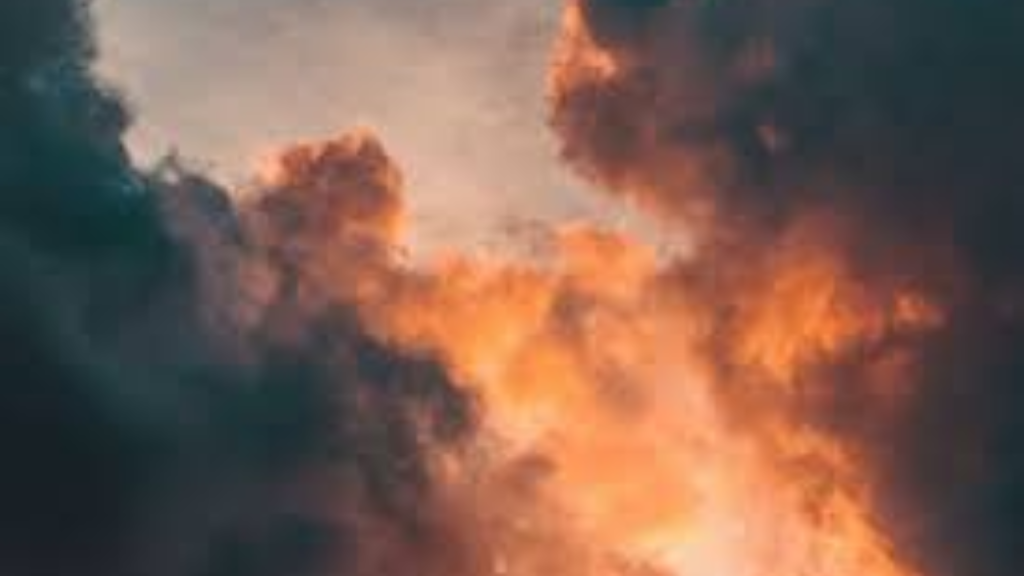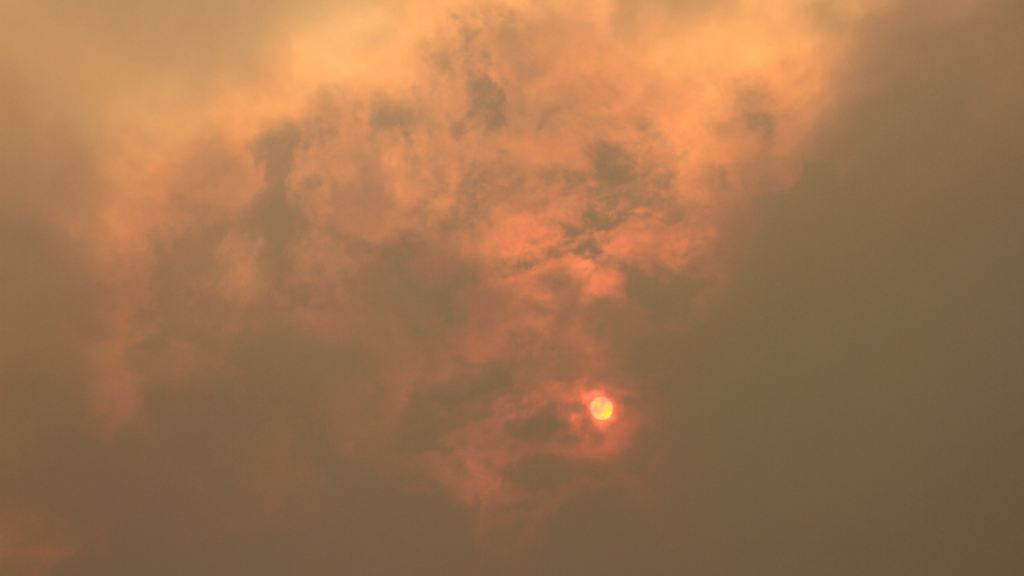
Residents of Wisconsin were recently caught in a rare atmospheric spectacle, where the glowing colors of the northern lights clashed dramatically with thick smoke drifting down from wildfires burning in Canada. The result was a surreal sky that blended beauty with concern, offering a memorable but sobering experience for skywatchers across the state.
A Rare Northern Lights Display
On the night of June 1, 2025, a powerful G4 geomagnetic storm, among the strongest of its kind, made the aurora borealis visible much farther south than usual. Normally limited to regions near the Arctic Circle, the dancing lights appeared over large parts of the continental United States, including Kansas, Missouri, and much of Wisconsin.
The National Oceanic and Atmospheric Administration (NOAA) had earlier issued a geomagnetic storm watch, indicating increased solar activity likely to create stunning auroras. According to NOAA’s Space Weather Prediction Center, G4-level storms can lead to visible auroras at latitudes much lower than normal and can even disrupt satellite navigation systems and power grids.
For residents of Wisconsin, this was an exciting opportunity to witness nature’s own light show. Social media quickly filled with posts showing green, pink, and red streaks glowing through the dark sky—though not all of them came through clearly.
Smoke from Canadian Wildfires Dims the View
While many were eagerly preparing their cameras and telescopes to view the aurora, another atmospheric factor arrived from the north: dense wildfire smoke.
Over 100 wildfires were active in Manitoba and surrounding parts of Canada. Winds carried the smoke southward into the United States, enveloping Wisconsin and neighboring states in a thick, hazy layer. The smoke brought with it not just reduced visibility but also poor air quality that affected millions.
The Environmental Protection Agency (EPA) issued Air Quality Alerts for much of the Midwest, including all of Wisconsin. The Air Quality Index (AQI) in some areas reached the “Unhealthy for Sensitive Groups” category. People with asthma, heart conditions, or other respiratory issues were strongly advised to stay indoors, use air purifiers, and avoid prolonged outdoor activities.

A Complicated Celestial View
This rare combination of auroral activity and wildfire smoke created a unique challenge for stargazers. The aurora borealis, typically best viewed in clear, dark skies, was partially blocked in many areas by the milky veil of airborne particles from the fires. The haze diffused the aurora’s glow, making it hard to see with the naked eye in many regions of the state.
Despite this, some amateur photographers were still able to capture the event using long-exposure photography techniques. In long-exposure images shared online, the aurora pierced through the smoky haze, revealing vibrant colors that the eye alone might have missed. Those in northern and central parts of Wisconsin had better luck, especially in open rural areas away from light pollution.
Residents Torn Between Awe and Alarm
The unique sky conditions sparked a mixture of emotions. While many were thrilled to catch a glimpse of the aurora borealis, there was also rising concern about the increasing number of wildfires affecting air quality and visibility across the U.S.
“It’s not every day that you get to see the northern lights here,” said Madison resident Jamie Russo. “But it’s hard to enjoy when the sky smells like smoke and the air feels heavy.”
This isn’t the first time wildfire smoke has affected large parts of the United States. In recent years, increasing wildfire activity—fueled in part by climate change—has become more frequent, affecting both public health and daily life. Experts warn that such overlapping phenomena could become more common in the future.
Looking Ahead: More Auroras Expected
With the sun currently in the active phase of its 11-year solar cycle, experts anticipate more solar storms—and more chances to see the northern lights—over the next couple of years. However, if wildfire seasons remain intense, visibility will likely continue to be compromised by smoke.
The NOAA advises residents to stay updated on both solar activity and air quality conditions when planning any skywatching activities. People can check real-time aurora forecasts at NOAA SWPC and monitor air quality reports at AirNow.gov.
As skywatchers look to the heavens for beauty, they are increasingly having to contend with the effects of events happening on the ground—like out-of-control wildfires hundreds of miles away. Wisconsin’s recent sky showdown was a visual reminder of how interconnected our planet’s systems really are.
